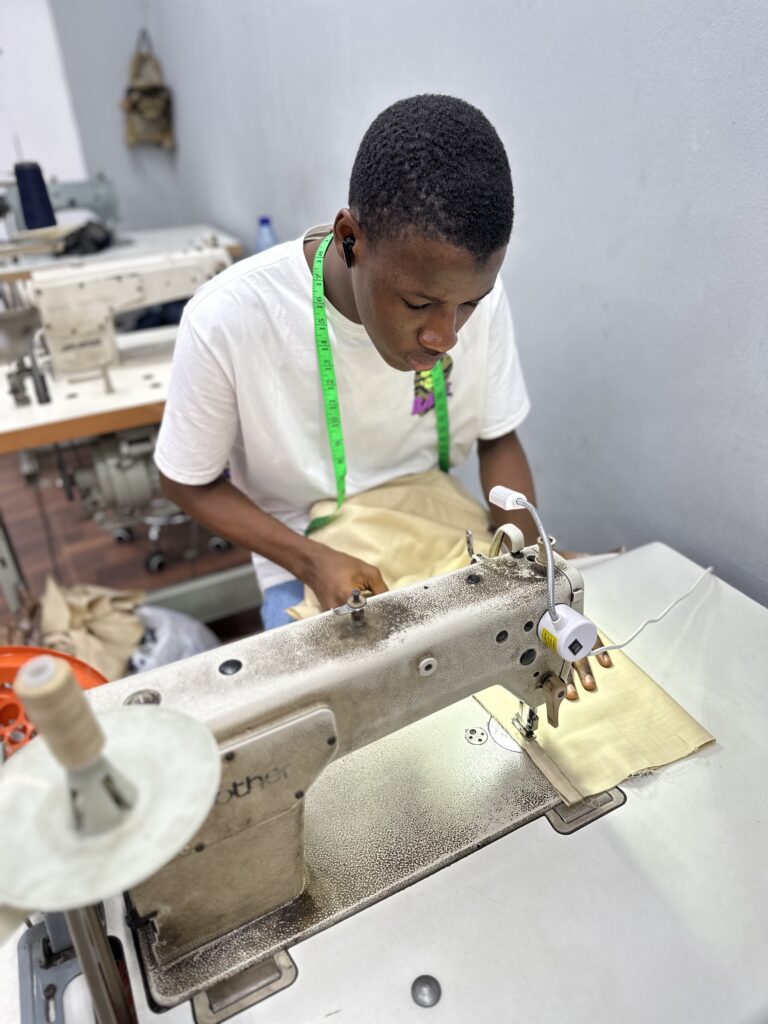Tailor Perth Specialists: Tailor-Made Solutions for Elegant Attire
Recognizing the Tailoring Refine: From Material Option to Last Suitable for the Suitable Wardrobe
The tailoring process is a complex interplay of art and science, starting with the vital choice of textile option and culminating in the accurate changes of last installations. Each material type brings distinct top qualities that influence not only the visual charm however also the garment's longevity and suitability for various celebrations. Comprehending the nuances of tailoring strategies can raise one's closet to extraordinary degrees of class. As we check out these elements better, one need to think about how also the smallest information can dramatically affect the overall end result of one's personal design.
Relevance of Material Option
Choosing the ideal textile is essential in the customizing procedure, as it directly influences the convenience, resilience, and total visual of the final garment (tailor perth). The choice of textile establishes the foundation for the garment's style, efficiency, and capability. Various materials possess distinct residential properties, such as stretch, weight, and breathability, which can dramatically impact exactly how the garment drapes and fits the body
Additionally, textile selection affects the garment's durability and simplicity of treatment. Top notch materials can stand up to deterioration, preserving their appearance and structure over time, while lower-quality materials might bring about pilling or fading. In addition, the ideal material adds to the garment's ability to transition throughout occasions and seasons, therefore boosting convenience.
A customized piece made from an appropriate textile not just showcases craftsmanship but additionally boosts the wearer's confidence. Subsequently, comprehending the nuances of textile choice is critical for any customizing venture. It guarantees that the last item not only fulfills the aesthetic needs of the customer but additionally aligns with useful demands, consequently achieving an unified balance in between form and feature in the tailored closet.
Kinds Of Fabrics and Their Uses
Comprehending the different kinds of materials available is important for making informed decisions throughout the tailoring procedure. Each textile possesses one-of-a-kind attributes that determine its suitability for certain garments and occasions.
Cotton, understood for its breathability and softness, is suitable for sportswear and summertime clothing. Its flexibility permits it to be tailored into every little thing from shirts to gowns. Woollen, on the various other hand, is favored for its warmth and framework, making it an excellent choice for official suits and outerwear - tailor perth. Its natural flexibility helps garments keep shape gradually.
Silk shows luxury and is lightweight, making it best for eveningwear and fragile shirts; nonetheless, it calls for mindful handling due to its fragility. Linen, with its textured finish, is a prominent option for cozy environments, supplying a crisp and ventilated feeling, but it wrinkles easily, which may impact the garment's look.
Artificial textiles, such as polyester and nylon, deal resilience and resistance to wrinkles, making them suitable for everyday wear and active apparel. Comprehending these material types and their properties permits better decision-making, making sure that each customized piece not just fits well yet additionally lines up with the desired function and event.
The Tailoring Techniques Explained
The art of tailoring depends on a selection of strategies that transform material into well-fitted garments. Central to this process is pattern composing, where a dressmaker produces themes based on the customer's dimensions and preferred style. This first step guarantees that the garment will fit the user appropriately before any kind of reducing happens.
Once patterns are developed, cutting strategies enter play. Precision is paramount as errors can cause misfitting garments. Tailors usually use various cutting approaches, such as single-layer cutting for intricate layouts and multiple-layer cutting for efficiency on typical patterns.
Basting is an additional necessary technique, permitting dressmakers to temporarily sew material assemble for a preliminary installation. This technique supplies the chance to assess the drape and general silhouette prior to final stitching.
Seaming strategies, consisting of french joints and flat-felled seams, boost the garment's sturdiness and visual charm. Tailors additionally employ methods such as interfacing and extra padding to offer framework and shape to details areas, like shoulders and collars.
Last Read Full Article but not least, finishing strategies, including hemming and edge ending up, make sure the garment's long life while providing a polished appearance. With each other, these methods create the backbone of efficient customizing, causing splendid, tailor-made garments.
Fitting Modifications and Factors To Consider

Key factors to consider consist of the shoulder fit, which must neither sag nor limit motion, and the sleeve length, which should allow for comfy arm movement while maintaining a polished appearance. Furthermore, modifications at the waistline can refine the shape, with choices to allow out or take in textile as needed.
The rise of pants is a fantastic read one more crucial variable; it must sit conveniently above the hips without causing discomfort, permitting convenience of activity. Hemming sizes for both trousers and skirts must show the wearer's preferred style while appreciating proportions.

Maintaining Your Tailored Clothes
Constantly adhere to the treatment tag instructions, which may suggest completely dry cleansing for fragile textiles or equipment cleaning for even more sturdy materials. Avoid regular laundering, as this can use down the textile and alter the garment's form.
Storage space is similarly crucial; usage padded hangers for layers and coats to preserve shoulder structure, and store trousers folded up nicely or hung to stop creasing. Shield garments from direct sunshine, which can discolor shades and damages fibers.
Furthermore, periodic evaluations for minor repair work can prevent bigger concerns. Look for loose switches, fraying seams, or indicators of moth damage, attending to these issues promptly to preserve the garment's honesty.
Lastly, think about seasonal turning. Wearing tailored pieces in moderation permits materials to recuperate, expanding their life-span. By carrying out these maintenance techniques, you can ensure that your customized garments remain as pristine as the day you first wore them, boosting your excellent wardrobe for several years to come.
Verdict
The customizing process, including textile choice, skilled methods, and accurate suitable modifications, plays a crucial duty in creating garments that improve both convenience and design. Each phase my blog adds to the total effectiveness of the end product, ensuring that garments not just fits well but likewise mirrors specific identity. Understanding the relevance of upkeep expands the life of tailored garments, solidifying their value in a well-curated wardrobe. A detailed technique to customizing culminates in a refined and positive appearance.
Picking the appropriate textile is critical in the customizing procedure, as it straight influences the comfort, resilience, and overall aesthetic of the last garment. The option of material sets the foundation for the garment's style, performance, and capability. Various textiles have distinct residential properties, such as breathability, weight, and stretch, which can considerably influence just how the garment drapes and fits the body.
The art of tailoring relies on a range of methods that transform fabric into well-fitted garments.The customizing process, including fabric option, knowledgeable strategies, and exact fitting adjustments, plays a critical duty in producing garments that improve both comfort and design.